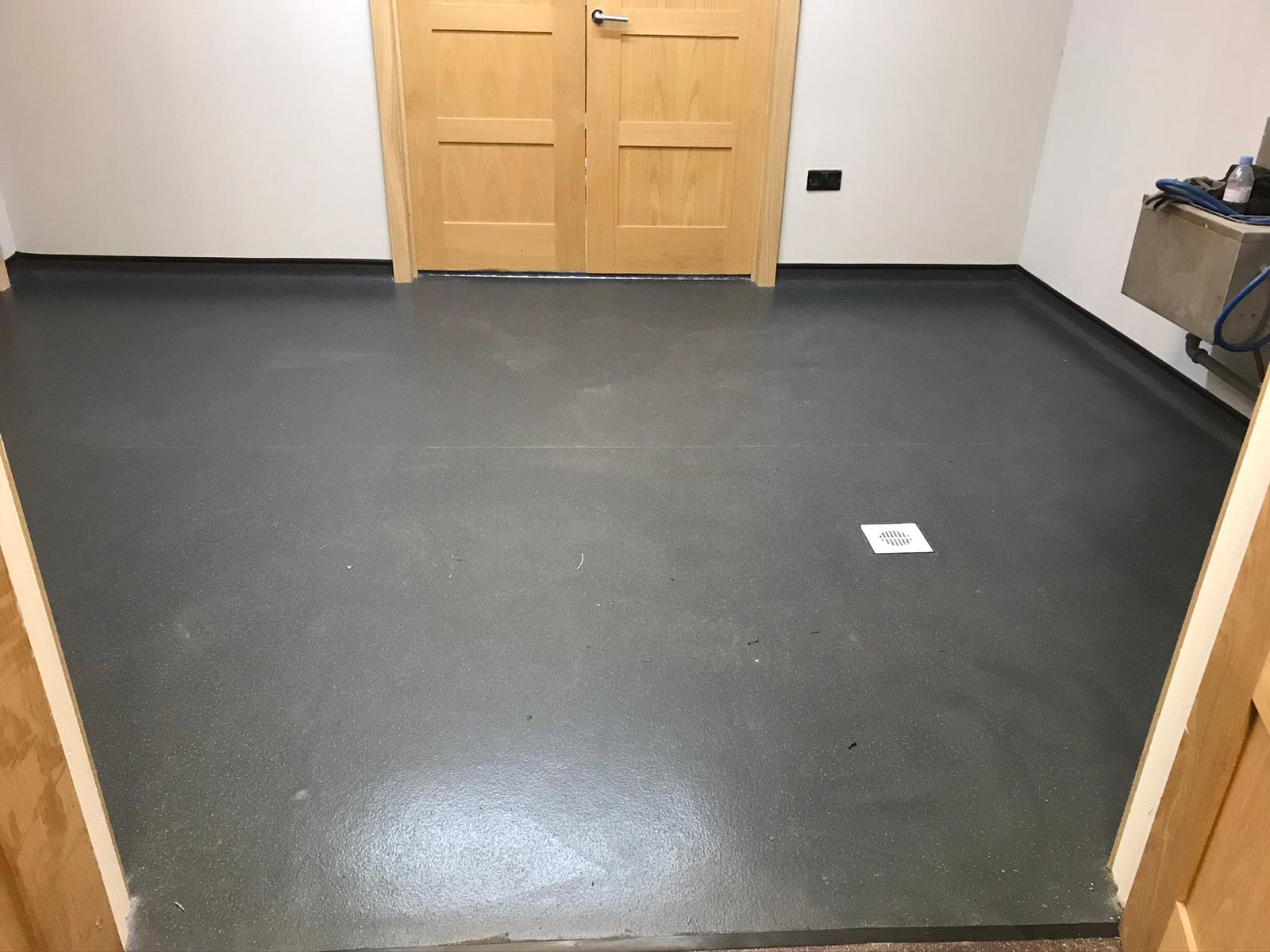- No products in the basket.

12Oct
What is Safety Flooring?
By: Viste
Safety flooring, also known as resilient safety flooring, is a type of flooring material designed to provide enhanced safety and reduce the risk of slips, trips, and falls in various commercial, industrial, and public spaces. It is commonly used in areas where there is a higher risk of moisture, spills, or the need for extra traction to prevent accidents. Safety flooring offers several key features:
- Slip Resistance: Safety flooring is engineered to offer excellent slip resistance, even when wet. This is achieved through the use of textured or embossed surfaces that provide grip for people walking on the floor. The degree of slip resistance can vary depending on the specific product and the intended use.
- Durability: Safety flooring is built to withstand heavy foot traffic and is highly resistant to wear and tear. This durability is important in commercial and industrial settings where floors may be subject to significant use and abuse.
- Hygiene: Many safety flooring options are designed to be hygienic and easy to clean. They are often resistant to bacteria and mold growth, making them suitable for healthcare facilities, commercial kitchens, and other environments where cleanliness is critical.
- Chemical Resistance: Some safety flooring options are engineered to resist damage from chemicals and substances commonly found in industrial or commercial settings.
- Water Resistance: Safety flooring is often waterproof or water-resistant, making it suitable for areas that may be exposed to moisture or frequent cleaning, such as commercial kitchens, bathrooms, and wet rooms.
- Impact Absorption: In some cases, safety flooring may provide impact absorption, making it suitable for areas where people may be at risk of falling, such as playgrounds or gyms.
- Noise Reduction: Some safety flooring products offer noise-reduction properties, which can be beneficial in spaces where sound reduction is important.
Safety flooring comes in a variety of materials, including vinyl, rubber, and linoleum. It is available in different colors and patterns, allowing it to be used in various design and aesthetic applications while still prioritizing safety.
Common applications for safety flooring include hospitals, schools, gyms, swimming pool areas, commercial kitchens, industrial facilities, and any other environment where safety, hygiene, and durability are essential considerations. When selecting safety flooring, it’s crucial to consider the specific requirements of the space and choose a product that meets the necessary safety and performance standards.
Services: supply only, supply and fit, fit only and repair ( up to 5 years old safety flooring), call us: 0121 603 7099
Posted in : Uncategorized
Share :
